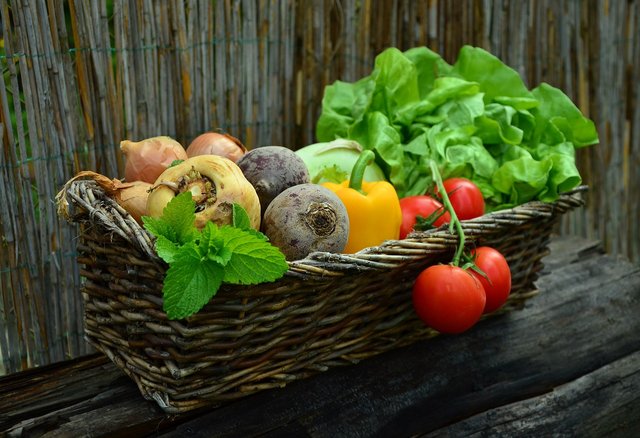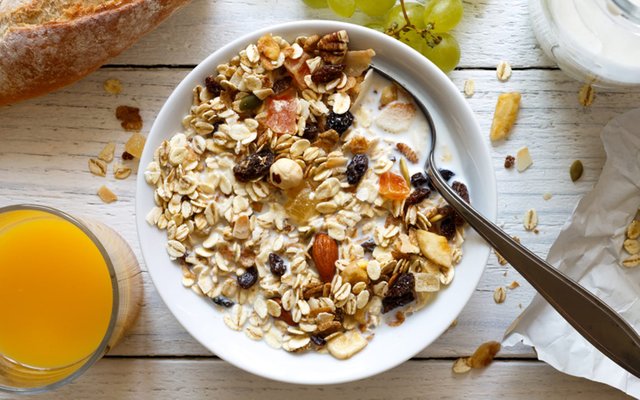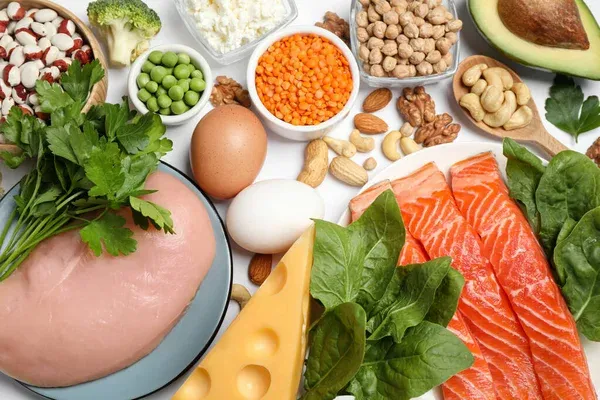Hi! Have a good day my all steem friends.

Made by canva
A chef uses culinary skills to bring out the beauty and inspiration in a dish and for that they master their experience and patience. Food is inspired by the ability to prepare food while maintaining its freshness and quality. Culinary is mostly used in vegetables because of its freshness and quality.
Vegetables are plant parts eaten by humans or animals.Vegetables are rich in nutrients such as vitamins, minerals and fiber.

The different types of vegetables that we eat can be classified as follows. That is.
- Fruit Vegetables
Botanically considered as fruits but culinary as vegetables are vegetative fruits. This have nutritional properties like vitamin c, vitamin K and Vitamin A (Beta-carotene), Low in Calories, Antioxidants, Flavonoids and Polyphenols, Water Content and Low Fat Content.
[Examples - cucumbers, Tomatoes, bell peppers]
- Stem Vegetables
Vegetables are taken from plant stem parts.This have nutritional properties like vitamin A, vitamin C and Vitamin K, Folate (Vitamin B9), Antioxidants, Calcium, magnisium,potasium and Dietary Fiber.
[Examples - leeks, bamboo shoots, Asparagus, celery.]
- Leafy Vegetables:
Vegetables are taken from the leaves of plants.This have nutritional properties like Low in Fats and Sugars, Water Content, Antioxidants, Magnesium, Calcium, Iron, Folate (Vitamin B9),Vitamin A (Beta-Carotene),vitamin C, vitamin K and High in Dietary Fiber.
[Examples - Spinach, kale, cabbage, lettuce.]
- Root Vegetables
Vegetables are taken from the root part of the plant.The nutrients here are Dietary Fiber, Vitamin A (Beta-Carotene), Vitamin B-complex, Vitamin C, Vitamin A (Beta-Carotene),Carbohydrates, Antioxidants, potasium, magnisium.
[Examples- Carrots, beets, sweet potatoes,radishes.]
- Flower Vegetables
Vegetables are taken from the flowers of plants.Low in Calories, Phytochemicals, Antioxidants, Fiber, Calcium, iron , vitamin c and k , potasium Rich in nutrients.
[Examples- Broccoli, cauliflower, artichoke.]
- Bulb Vegetables
Vegetables are obtained from the underground part of the plant And if the nutrients contained in these Prebiotic Fiber, Sulfur Compounds, Low in Fat, Antioxidants and Phytochemicals , Manganese,Potassium,Folate (Vitamin B9), Vitamin B6 and Low in Calories.
[Examples- Onions, garlic, shallots,
potatoes ]
- Seed Vegetables
Vegetables are obtained from plant seeds. Since seed vegetables have nutritional properties like protein, vitamin C , vitamin B , Dietary Fiber, Complex Carbohydrates, Magnesium , potasium and iron consuming them will provide nourishment to the body.
[Examples- Peas, beans, corn]
By choosing nutritious foods for breakfast, we can boost our body's nutritional levels. Here are some things to consider when preparing breakfast.
- Nutritional Balance
- Whole Grains
- Protein Sources
- Fruits and Vegetables
- Hydration
- Portion Sizes
- Dietary Preferences and Restrictions
- Convenience and Preparation Time
These points should be taken into consideration while preparing a breakfast meal and following are the nutritious foods that can be added to the breakfast meal.
- Yogurt
- Oatmeal
- Eggs
- Whole Grain Toast
- Chia Seed Pudding
- Smoothies
- Chia Seed Pudding etc ...
By adding these foods to a breakfast , the body gets a balanced meal and many balanced nutrients, and since our body is busy after breakfast, it is used to keep us energetic, full for a long time, and to increase the body's hormonal activity. Also, the body's sugar level, Breakfast is also important for proper control of things like fat levels.

Image source
Calorie and nutrient dense foods are important for someone who wants to increase their fatness, and most of the time they should be consuming foods that are high in calories.The following can be mentioned as foods that have such protein and heavy calories.
Protein-Rich Foods
Lean meats
Fish
Eggs
Dairy
Plant-based proteins
Protein shakes or smoothiesHealthy Fats
Nuts and seeds
Nut butters
Avocados
Olive oil or coconut oil
Fatty fishHigh-Calorie Drinks
Smoothies with whole milk or yogurt
Protein shakes
Fruit juicesDairy and Dairy Alternatives
Whole milk
Full-fat yogurt
Cheese
Greek yogurt
Non-dairy alternativesCalorie-Dense Snacks
Trail mix
Granola or granola bars
Dark chocolate
Smoothies
The amount of protein required by a person's body will vary due to factors such as the person's age, gender and muscle building.
For Sedentary adults - You should get 0.8 grams of protein per kilogram of body weight.
For Active Individuals: - This group should get 1.2 to 1.4 grams of protein per kilogram.
For Older Adults (65+ years) - In order to maintain muscle mass, this age group is recommended to consume more protein, i.e. they should consume about 1.0-1.2 grams per kilogram.
For Strength Training or Muscle Building - Groups such as muscle builders and bodybuilding champions and athletes should provide their bodies with protein in the range of 1.6 to 2.2 grams per kilogram.
Thus, in order to meet the protein requirement of our body, the protein-rich foods that we should add to our food are..
1.Meat
2.Fish and other seafood.
3.Eggs
4.Dairy Products
5.Cheese
6.Yogurt
7.Poultry
8.Legumes
9.Tofu and Tempeh
10.Quinoa
11.Nuts and Seeds
12.Nut Butters
13.Whole Grains etc...
In these ways, by getting nutritious food in our daily life, we are able to meet the nutritional qualities that our body needs and we will be able to lead a healthy health life.
@senehasa
@hyacinthfavour
@samia-jannate



Thank you for participating…..
Vote @pennsif.witness for growth across the Steemit platform through robust communication at all levels and targeted high yield developments with the resources available. Vote here
Downvoting a post can decrease pending rewards and make it less visible. Common reasons:
Submit
Thanks for your guidance 💐❤
Downvoting a post can decrease pending rewards and make it less visible. Common reasons:
Submit